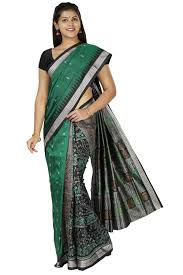The Ladies Salwar Suit consists of a long shirt or tunic called the Kameez, worn over a pant like clothing, called a Salwar, also spelled as Shalwar. The whole ensemble along with a long scarf like over-wear, called the dupatta, is known as Salwar Kameez. Salwars are trousers which are atypically wide at the waist but which narrow to a cuffed bottom. They are held up by a drawstring or elastic belt, which causes them to become pleated around the waist. The pants can be wide and baggy, or they can be cut quite narrow, on the bias.
Salwars have been traditionally worn in a wide region which includes Eastern Europe, West Asia, Central Asia, and South Asia. The Kameez is a long shirt or tunic. The kameez may have a European-style collar, a Mandarin-collar, or it may be collarless; in the latter case, its design as a women's garment is similar to a kurta. The combination garment is sometimes called salwar kurta, salwar suit. When women wear the shalwar-kameez in some regions, they usually wear a long scarf or shawl called a dupatta around the head or neck.
 |
| Ladies Salwar Suit |
Salwars have been traditionally worn in a wide region which includes Eastern Europe, West Asia, Central Asia, and South Asia. The Kameez is a long shirt or tunic. The kameez may have a European-style collar, a Mandarin-collar, or it may be collarless; in the latter case, its design as a women's garment is similar to a kurta. The combination garment is sometimes called salwar kurta, salwar suit. When women wear the shalwar-kameez in some regions, they usually wear a long scarf or shawl called a dupatta around the head or neck.










